Since 2003, December 5 is celebrated around the world as Ninja Day. This unofficial holiday was invented by the administration of the parody site Ninja Burger as a day when everyone can imagine themselves as ninjas - masters of the ancient Japanese martial art.
On Ninja Day, fans of the art of ninjutsu (from Japanese - “the art of stealth”) can move a little away from the usual framework and, at least for a short time, imagine themselves in the role of those same shinobi - fearless warriors who in medieval Japan knew how to be practically invisible and therefore often acted as spies , spies and assassins.

Typically, in pop culture, ninjas are sword-wielding, shuriken-throwing warriors dressed in black. In reality, ninjas preferred to carry knives instead of swords because a knife was easier to hide. And yes, they really threw their shuriken stars, but these stars were used more often as a distraction, and not as a weapon. And despite popular belief, the ninja's costume was dark blue, not black.
Of course, the discrepancy between historical data and the modern image of the ninja can be attributed to artistic fiction necessary to add entertainment value. But even on those rare occasions when ninjas have been accurately portrayed in pop culture, there has always been a range of weapons and tools behind the scenes that few people know about.
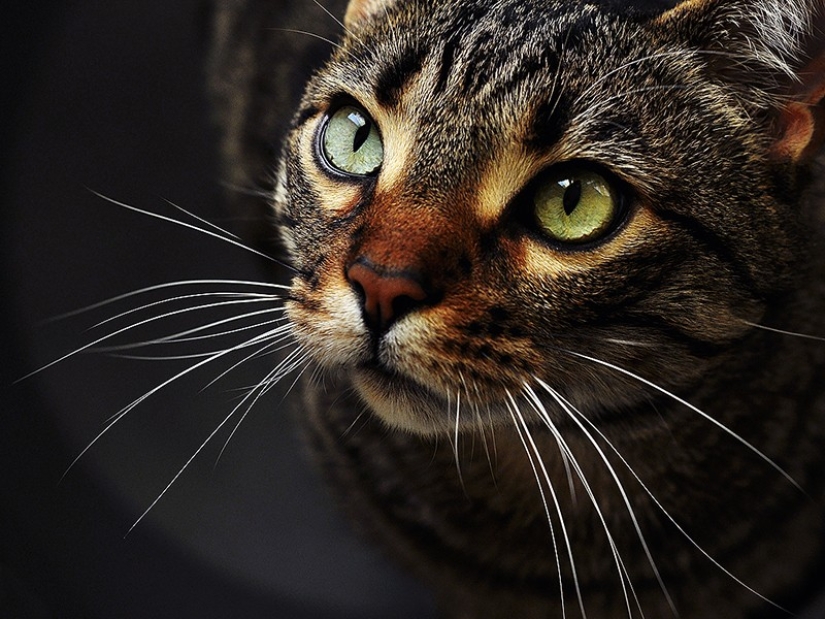
As with modern special forces soldiers, time was very important for ninjas. They didn't have the stopwatches we have today, but they did have something just as good. Ninjas were trained in a technique known as nekome-jutsu, which is the ability to tell time by looking at the eyes of cats.
Cats' eyes are very sensitive, and their pupils adjust to changes in light throughout the day. Early in the morning, a cat's pupils are round and fully open to let in as much light as possible. Between 8 and 12 o'clock the pupils become oval-shaped as the sun has risen higher and some of the light needs to be blocked. And when the sun is at its zenith, cats’ pupils turn into narrow slits. With such knowledge, the ninja could guess the time to the nearest hour. But whether the ninja wore a cat on his wrist instead of a watch is unknown.
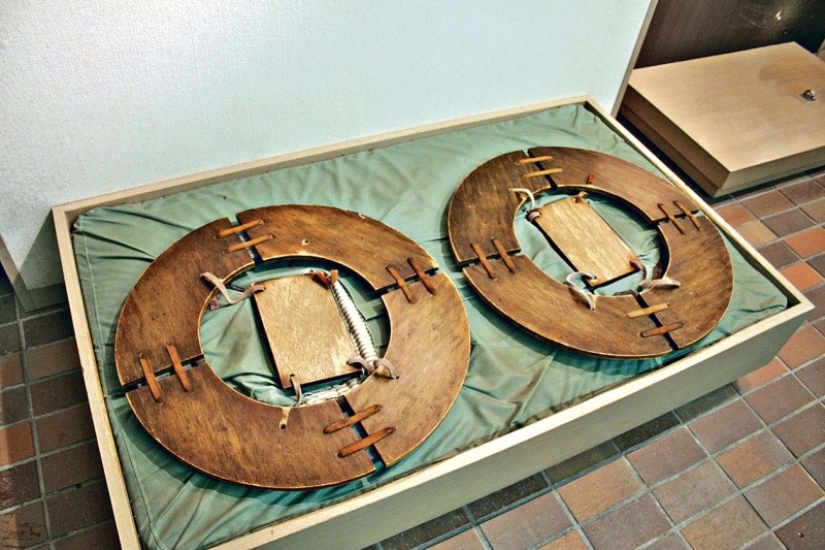
In the old days, both in Europe and Asia, the best way to protect fortresses was moats. And since most of the ninja's potential victims were people from high society, the fortress moats constantly blocked the path of these silent warriors. In most films, they simply jump over such ditches or run across the ditch directly through the water. In fact, ninjas could use a device called "mitsu-gomo", which translated means "water spider".
The device consisted of four curved wooden planks connected to a plank in the middle. Historians to this day do not know exactly how the ninja used this device. According to one theory, the central planks were attached to the legs, and thus the ninja walked on water. This theory sounds almost biblical, but, unfortunately, it has already been refuted. Another theory says that the mitsu-gomo could have been used by ninjas as a raft, and this sounds more plausible. Most likely, mitsu-gomo were used to overcome swamps, and not to walk on water.

Since ninjas were spies, good hearing was vital for them. Sometimes they simply bribed the right people to find out information. Sometimes they listened to how the guards were changing in order to create a schedule for the changing of the guard. There is only one conclusion: eavesdropping was an important part of a ninja's job. For eavesdropping, a device called “saoto hikigane” was used. It was a “hearing tube,” a cone-shaped device made of metal, sometimes wood.
The size of the tube could vary, with some tubes being very small and intended for concealed carry. The ninja placed the wide end of the tube against the wall so that the sound was amplified as it passed through the tube and reached the ear. This worked about the same as holding a cup against the wall.
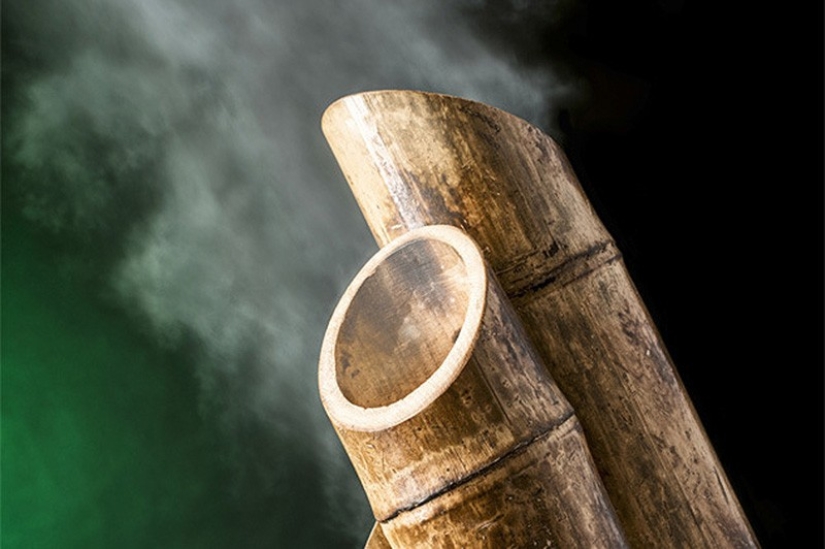
Ninja were expert fighters, but even they were unable to fight in extreme cold without special equipment. Therefore, they often used body warmers called “donohi”. These heating pads allowed them to sit in ambush for a long time in winter. These heating pads were made either from bamboo, copper or iron. The heating pad contained flammable substances such as gunpowder, alcohol and cloth. The heating pad was usually accompanied by a flint called “tsuketake.” If a fire was lit in a heating pad, the fuel could burn there for several hours or even days.
Since ninjas did a lot of work manually, the most dangerous thing for them was numb or frostbitten fingers. The Donohes helped avoid these problems. In addition, it was a portable source of fire, with which you could cook your own food or start a fire in the enemy’s house.
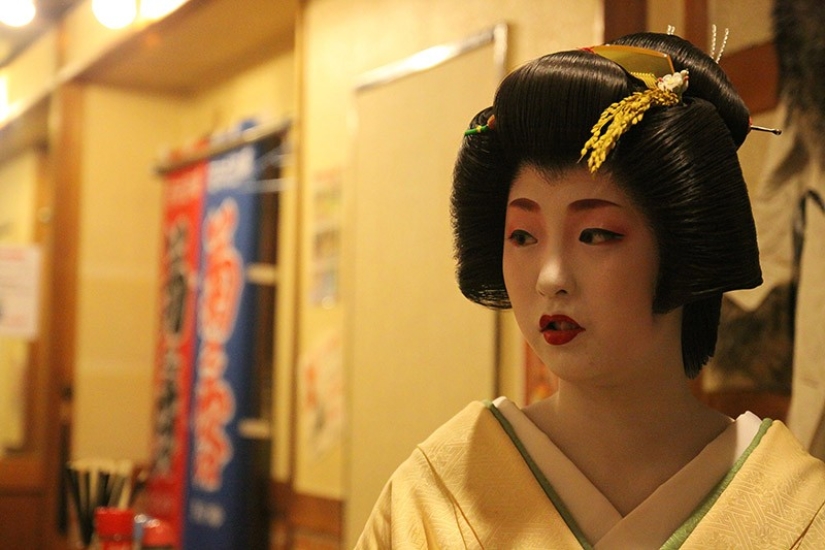
It is well known that ninja weapons could be made from almost anything. Something sharp and long, hidden in the hair, could also be used as a weapon. Type the word “kanzashi” into a search engine.
In feudal Japan, women often wore long hairpins called kanzashi in their hairstyles. These pins themselves were not very dangerous, but a ninja could hit vital points of the body with them and hit the nerve endings. Such a hairpin could also be sharpened and used as a knife for both attack and defense. And if poison was applied to them, they became an extremely dangerous killing tool.
Kanzashi were the ideal killing weapon for "kunoichi" - female ninjas, because they were small and easy to hide. Since the popularity of wearing stilettos among women at that time was constantly growing, kunoichi could wear them without attracting attention. This is clear proof that even fashion accessories in the hands of ninjas could be dangerous.

They say the pen is mightier than the sword. Usually this expression is not taken literally, but a feather in the hands of a ninja could well become a real deadly weapon. The ninja tried not to go anywhere without “yatate.” This was the name of a small metal cylinder, although it was sometimes made from bamboo. At one end of this cylinder there was a small container for ink, the rest of the cylinder was hollow, and the calligraphy brush was stored there. When talking about using this pencil case as a weapon, it is important to remember that ninjas are, first and foremost, spies.
Pencil cases were vital for ninjas to record observations of their potential targets and to gather other information. If an attack was planned, then in the pencil case instead of a brush there could be needles smeared with poison. As in the case of kanzashi, no one paid much attention to these pencil cases, since most people wore them at that time.
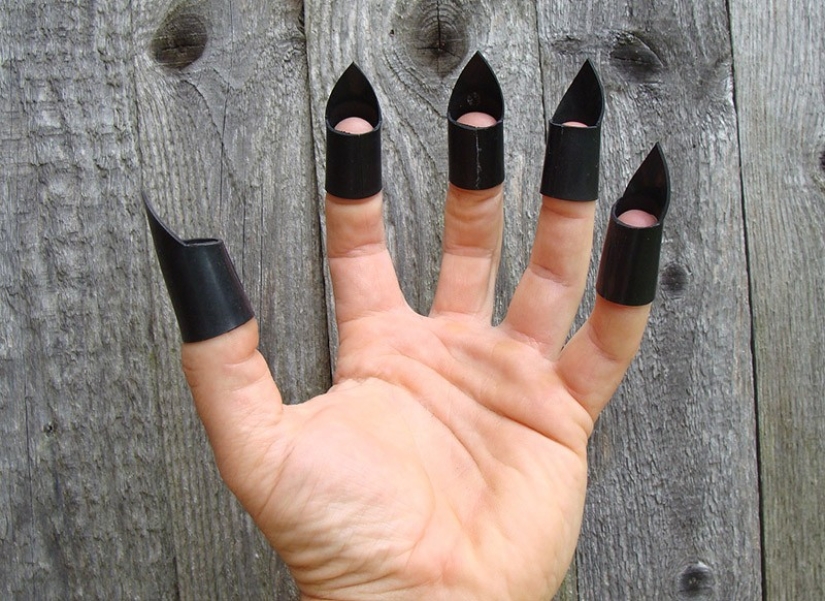
Even ninja fingernails were weapons. Metal claws called "neko-te" were the weapons of female ninjas. These claws were attached to the fingers in various ways. Sometimes they were simply put on the fingers like thimbles. In other cases, rings were attached to each claw, which were put on the fingers. The claws themselves were most often made of metal, but sometimes the metal was replaced with thin pieces of bamboo.
Razor-sharp claws were often even made from old jewelry and hairpins. The weapon got its name due to its external resemblance to the claw of a predator, since outwardly it looked like small caps worn on each finger. “Neko” translated means “cat”, “te” translates as “hand”.
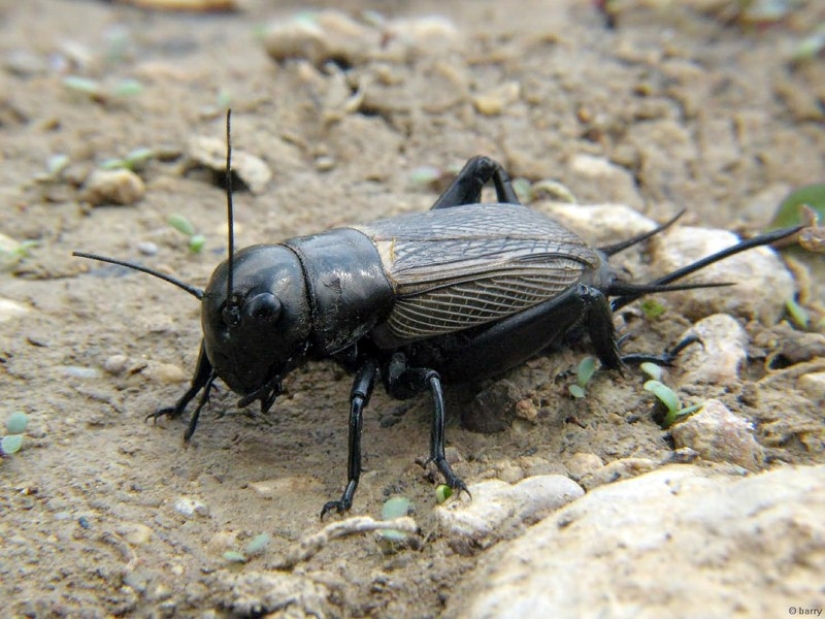
Ninjas were masters of camouflage and learned to sneak up on enemies very quietly. Nevertheless, there were situations when even a ninja could not move silently. Walking quietly through a forest that is full of dry branches and leaves is a very difficult trick. Just by stepping on an old branch, you could expose yourself and ruin the whole thing. In such cases, the ninja always had a small box of crickets with him. The chirping of these insects could easily disguise the steps of a ninja. The ninja also had a special chemical composition with him, which he used to make the crickets in the jar chirp at the right moment.
The sound of crickets is quite typical for a Japanese forest, so the ninja's enemies had no reason to be suspicious. In fact, the opposite is often true: insects and birds often stop making sounds when a predator or person appears nearby. And even if the ninja moved very quietly, he still kept the crickets with him so that the suddenly silent insects would not reveal his presence.
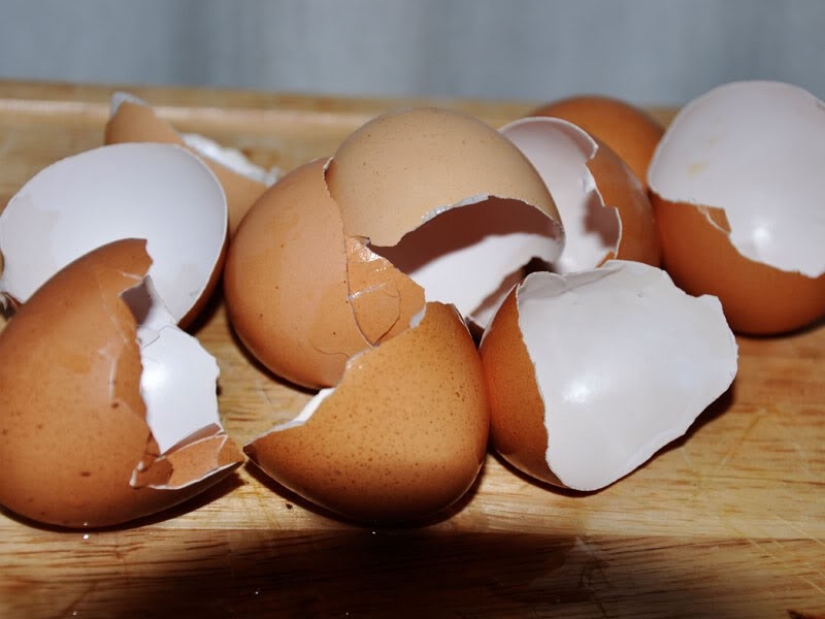
During the battle, the ninja broke such a shell with powder directly on the opponent’s face, causing temporary blindness. Moreover, the enemy’s eyes were not the only target. Powders of substances that irritate the respiratory system were sometimes used. If this made it possible to weaken the enemy even for a moment, this time was enough for the ninja to either launch a more serious attack or escape.
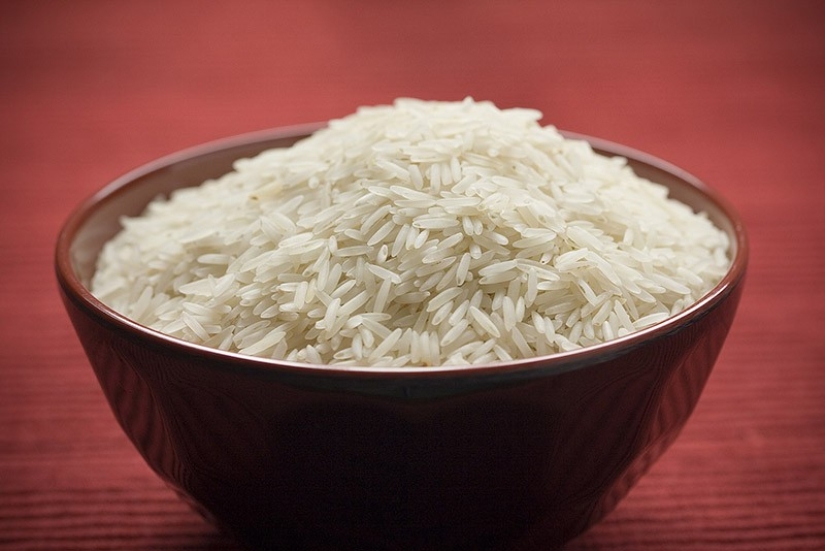
Exactly - fig. Give rice to a ninja and he can turn it into a secret weapon. Since ninjas were assassins and spies, an important part of their job was the secret transmission of information. And the best way for such a transfer was “gosiki-mai”, that is, “five-color rice”. Rice grains were colored yellow, blue, red, black and purple and were used to transmit encrypted messages. The ninja would throw rice on the side of the road or any other inconspicuous place.
Enemies and ordinary people would hardly notice this rice, but if a ninja from the same clan saw it, then he understood that there was a secret message in front of him. Using different combinations of bean colors, ninjas could convey about 100 different messages. And one more thing: “gosiki-may” is not just a spy’s tool, this rice was also protected from birds. The paint prevented the birds from recognizing the grains as rice and eating it.
Recent articles

Girls from our collection could easily compete for the title of "Miss universe". And this despite the fact that they are all ...

Young Milla Jovovich in the arms of Michael Jackson - this shot from almost thirty years ago, published on the actress’s ...

From explosions at the slightest collision to endless drifts without a scratch, cinema has long since devised its own laws of ...